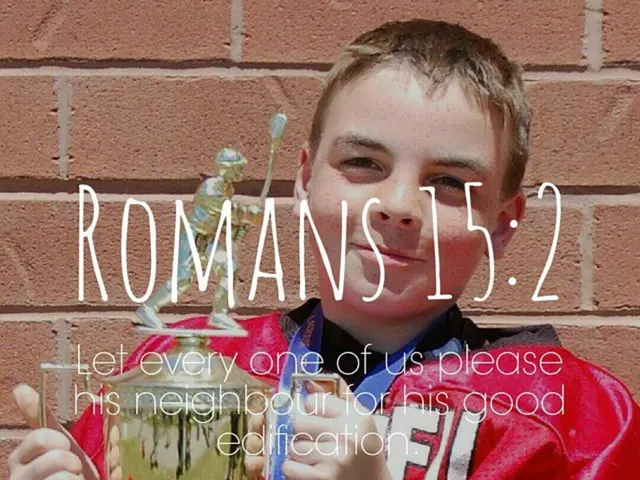Unique Sensory Experiences: Synesthetes & Their Colorful World
Unveiling the Concealed Capacities of Neurodivergent Individuals: ADHD, Autism, and Beyond - Neurodivergent individuals' hidden virtues: Unveiling the unique strengths of those diagnosed with ADHD, autism, and similar conditions.
by Maria Kirady🕒 12 Min
Ever wondered what it's like to taste the aroma of a sunset or feel the rhythm of colors while listening to music? Meet Professor Zimpel, a synesthete who perceives the world through a magical blend of senses. Here's a peek into her daily routines and the fascinating journey of synesthesia.
Synesthesia and Everyday Life
Synesthetes like Zimpel live in a world brimming with unexpected sensory connections. From seeing sounds to tasting shapes, these unique experiences can enrich their lives or lead to distractions, depending on the situation.
Brain Power & Neuroscience
Synesthesia stems from changes in brain structure and connectivity, leading to enhanced sensory integration and cross-talk between brain areas. In fact, it shares similarities with conditions like Autism Spectrum Disorder (ASD) and Attention Deficit Hyperactivity Disorder (ADHD).
Synesthesia & Co-occurring Conditions
Synesthesia often overlaps with neurodevelopmental disorders, such as ASD and ADHD. This suggests that both conditions may share underlying neurological mechanisms.
Emotions & Social Interactions
Synesthesia can impact emotions and social interactions. For instance, mirror-touch synesthesia, where people feel physical sensations while observing others, is linked to empathy and social cognition. However, it can also lead to sensory overload or confusion.
Cognitive Advantages & Drawbacks
Synesthesia can offer enhanced creativity and memory, but it can also cause distractions or sensory overload. To better understand the role of synesthesia in intelligence and psychological well-being, further research is required.
In essence, synesthesia offers a whimsical window into the brain's ability to adapt and innovate. Co-occurring conditions like Autism and ADHD highlight the intricate dance between sensory processing, cognition, and neurological development. For synesthetes like Zimpel, each day is a sensory adventure, teeming with sounds, colors, and flavors that defy definition.
- The Commission, in addition to its work on the draft directive, has also been involved in studies on synesthetes and their daily lives, given that their experiences often overlap with neurodevelopmental disorders.
- Professor Zimpel, a synesthete, attributes her brain's unique strengths in cross-sensory connections to the synesthetic blending of her senses, which she experiences daily.
- In the realm of health and wellness, mental health, and neurological disorders, synesthesia shares notable parallels with conditions like Autism Spectrum Disorder and Attention Deficit Hyperactivity Disorder, suggesting a possible association between these conditions at the neurological level.
- Synesthesia can have cognitive advantages, such as enhancing creativity and memory, but it can also have drawbacks, like causing distractions or sensory overload, underscoring the need for more research to better understand its role in intelligence and psychological well-being.
- Research in science, particularly the medical field, has been instrumental in understanding the special abilities, as well as the challenges, faced by synesthetes like Professor Zimpel in their colorful world, a world where sounds taste like flavors, and colors express rhythm.




